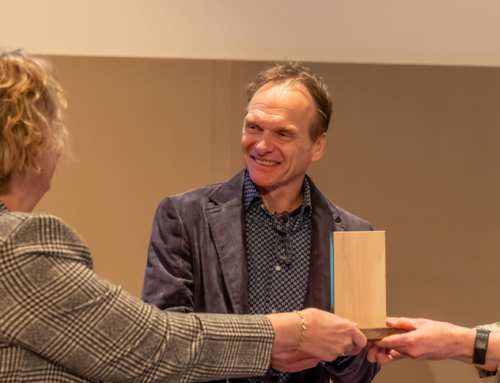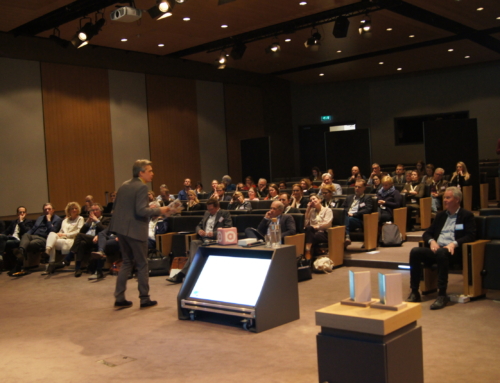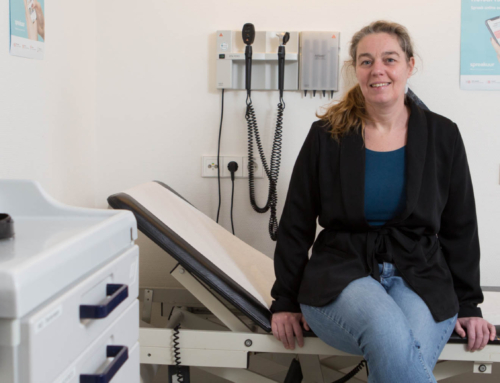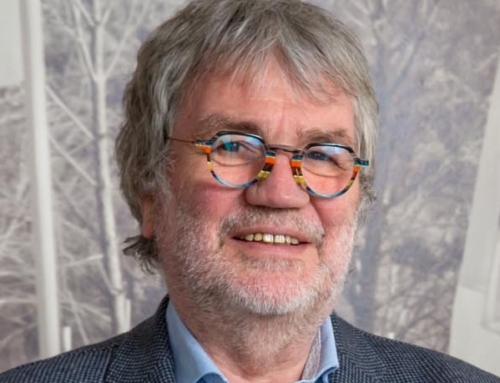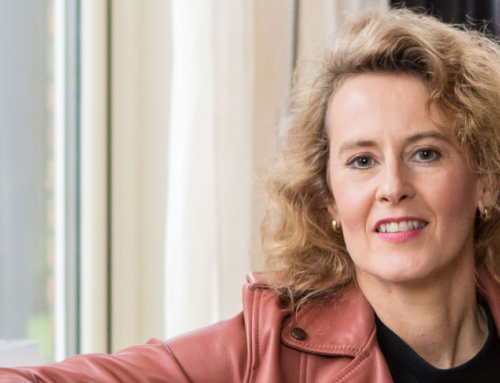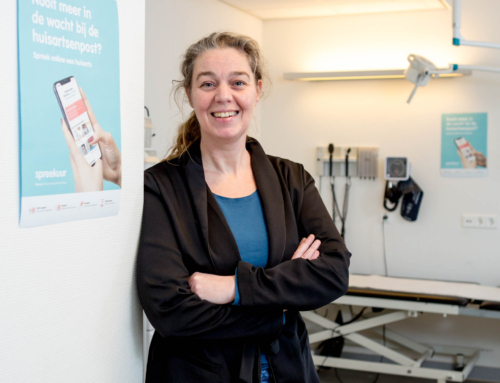MOA is an expertise center for market research, research and analytics. We spoke to Wim van Sloten, director of the MOA and Berend Jan Bielderman, chair of the MOA Profgroep Healthcare about the collaboration between MOA and the Institute for Brilliant Failures and the important role of research for innovation and creating impact in healthcare.
About MOA
The MOA Profgroep Healthcare is involved in all activities in the field of market research, digital analytics and gaining insights into healthcare. This is not just about new research to be carried out, but also about using existing data to improve the quality of care. This is what the MOA does for research agencies, healthcare institutions and pharmaceutical companies.
“Hospitals have a lot of data, but struggle to translate the data into insights and use it for policy making.”
The collaboration between MOA and the Institute of Brilliant Failures
Where the institute is concerned with sharing Brilliant Failures and making the associated lessons accessible, MOA is on the prevention of (Brilliant) Failures. MOA does this by prior, during and afterwards in innovation projects, product development or (care) to stimulate and support marketing among these healthcare providers in the use of data or conducting research.
“I believe that too little attention is paid to relevant available information and data. And decisions are made too quickly without factual substantiation. We also see this in some Brilliant Failures, cases that could have been prevented with thorough preliminary research.”
From innovation for the patient to innovation from the patient
Healthcare innovations are now more or less started from a supply perspective: a process or treatment must be better or more efficient. The patient is still too little involved in this. The MOA Profgroep Healthcare is committed to involving patients in innovations from the first moment. In other words, we have to move from developing innovations for the patient to development with the patient.
“Care should lead to valuable improvement in the patient's life. If care does not lead to this, care loses its value.”
The MOA Profgroep Healthcare sees a positive development. More and more attention is being paid to patient experience research. Initially, collecting patient experiences was enforced by the Inspectorate and health insurers as a responsibility for providing good care.. We are now in a phase where patients are being listened to more, but these are still very quantitatively measured. With the main goal still being accountable for the quality of care, including. for health insurers. We are slowly moving towards a situation in which patients' experiences will really be used to improve care. This turnaround requires adapting current research methods. Techniques in which the exclusively quantitative approach is abandoned and replaced by methods that are more focused on qualitative, open forms of research, where patients really get to speak and we gain insight into the perception of patients. The challenge here is to analyze the large numbers of patient stories.
“I myself did a patient-centered study in 27 hospitals with such 2600 stories. An important finding was that the way in which patients are treated is very important to them. Then we are talking about tailoring language use to the patient's level of knowledge, but also about a respectful approach that takes into account the special circumstances in which the patient finds himself. Not only from the healthcare professionals but also by support staff, such as a receptionist at the counter.”
Still too little impact of innovation and use of insights and data in healthcare
There is a great need for healthcare innovations due to increasing complexity due to staff shortages and the demand for better solutions for, for example, home care and remote medical care. Despite this, healthcare innovations do not land well and it is often not possible to implement them properly. This is partly due to the inert culture within healthcare institutions, which is strongly process-oriented. And the usually lack of or long waiting times for innovations to be financed by health insurers.
MOA sees that there (to) little impact of data and research on improving care by hospitals. And think there is still a lot to improve here. A striking comparison is made between companies that all invest heavily in research, a research department with dedicated researchers, and to be able to serve the customer better with the help of data analysis. Such as webshops that use data to get products to the customer as quickly and easily as possible. Hospitals still minimally use research and data to improve the customer experience.
“Sometimes people have to wait up to two months for an MRI. I'm sure if you handle data well, you could have made a schedule and adjusted the occupation accordingly. Waiting two months for a sofa is unthinkable these days, but 2 waiting months for an MRI is accepted.”
The lack of funding and short-term vision hinder innovation
Three factors are cited as the cause of the slow implementation of innovations in healthcare. First, funding flows are needed. Someone has to pay for the innovation. The health insurer often wants to see a demonstrable effect first and the operator, the hospitals, often have no money to implement innovations. Hospitals often do not see the direct yield of an innovation either. The more transactions are performed, the greater the income. An innovation that makes care more efficient or better quality for the patient, is not visible in the wallet for a hospital. Sometimes it even leads to less income, because patients have to come back less often or have already been helped with one procedure instead of several.
The current culture in healthcare and hospitals is cited as a second cause. There is a lot of ad hoc work and sometimes there is a lack of a long-term vision. To develop a long-term vision, it is necessary to have a view of the developments and the future. This insight can be gained from research.
“It starts with a good trend analysis and developing a vision. In addition, you must have the management with you. For a successful implementation of innovation and change it is important that management is involved early in the process. Management must create preconditions under which researchers, practitioners and patients can function properly. If they don't understand the importance of change in research and innovation, then nothing will change.”
MOA makes healthcare aware of the importance of research and supports and supervises the implementation
The MOA sees it as one of its tasks to make society aware of the importance of research. Awareness of the need to gain insight into where healthcare is developing and where there are opportunities for improvement.
“Our goal is to familiarize healthcare with research, encourage and support this.”
The AVG is mentioned as an example. The MOA helps hospitals in what is and is not allowed according to the AVG when it comes to collecting patient experiences.
The empty seat at the table is a common pattern in research and innovation
In the development of innovations and research,, as mentioned before, the patient too little involved. Many solutions are devised for the patient instead of together with or from the patient. Ideally, the patients should be spoken to first and then with the practitioners.


